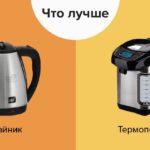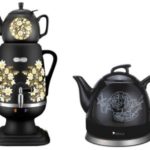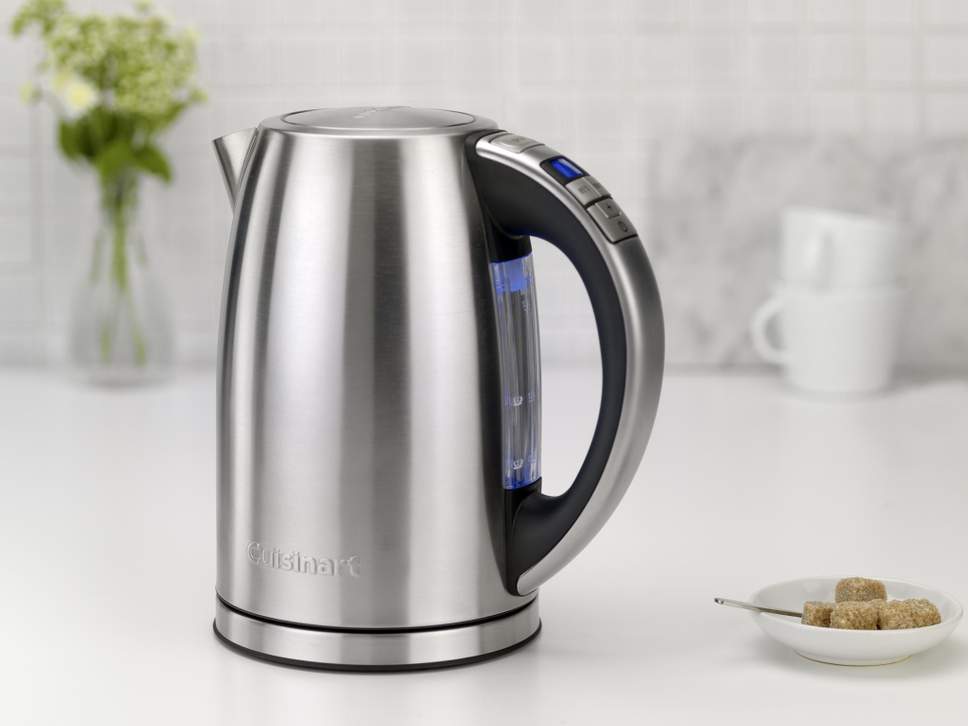Kettle or thermopot: pros and cons
What to choose - a thermopot or an electric kettle? If you have been asking this question for quite some time, then I won’t say anything new: just focus on the capabilities of technology that will make your life easier. But if you have only recently started searching for an answer, then this article will help you choose the right guidelines to make the right decision.
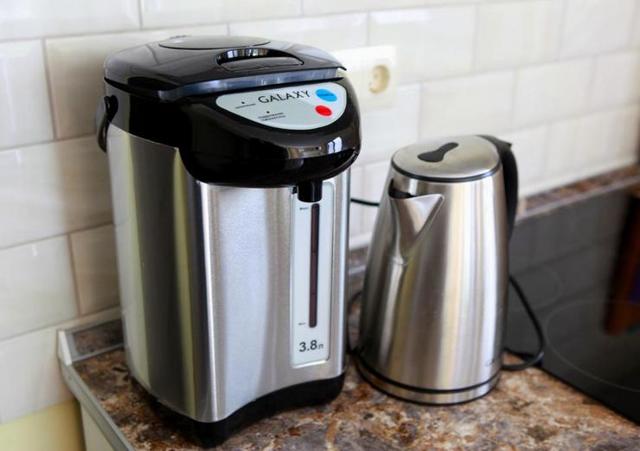
The content of the article
Common features of a thermopot and a kettle
Both of these devices are equipped with tubular electric heaters (heating elements), since both the kettle and the thermopot are designed to provide users with hot water. But there are serious differences in the speed of obtaining boiling water.
The average kettle boils in just 3–5 minutes, which is due to a powerful heating element (on average about 2 kW) and a modest volume of liquid (the most common standard is 1.7 l). Thermopot for heating water to the desired temperature need on average 16–20 minutes, since its heating element usually has a power of about 800 Watts, but this equipment holds from 2.2 to 5 liters of water.
The second common feature is the ability to maintain water temperature at a given level. However, it should be clarified that absolutely all thermal pots and only some expensive electric kettles can do this. At the same time, the kettle will spend much more electricity to perform such a task than its opponent. And all because of design differences.
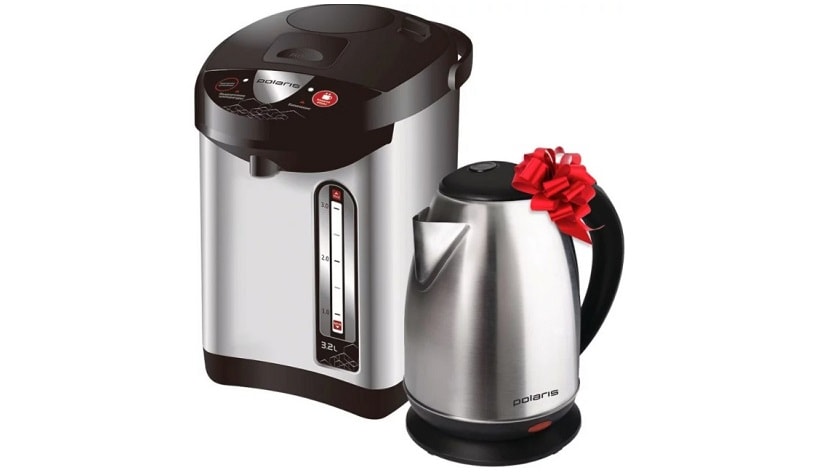
Basic differences between a kettle and a thermopot
Let's start with the body. At the kettle it is single, that is side walls household appliance simultaneously play the role of both the body and the vessel in which the water is located. This simplicity makes it possible to lighten the weight of the kettle as much as possible so that the user does not experience serious inconvenience when pouring boiling water into a cup. But it also leads to increased heat loss.
The thermopot has double walls: external - the body, and internal - a vessel for water. There is air between the internal and external walls, which prevents the transfer of heat from the internal tank to the external environment. This feature allows the water to maintain its temperature longer.
Well, the resulting bulkiness is more than compensated for by the presence of a pump, which eliminates the need to raise the thermopot: just press the desired button, and boiling water pours directly into the cup held up to the spout.
The final touch: the purpose of the devices. The kettle is primarily aimed at quickly heating water, Because of this, options such as the ability to maintain a given temperature for any significant period of time necessarily lead to increased energy consumption.
And here The thermopot is focused specifically on keeping water exactly as hot as needed user, which is why he heats the water for a long time, but then maintains its temperature with minimal energy consumption.
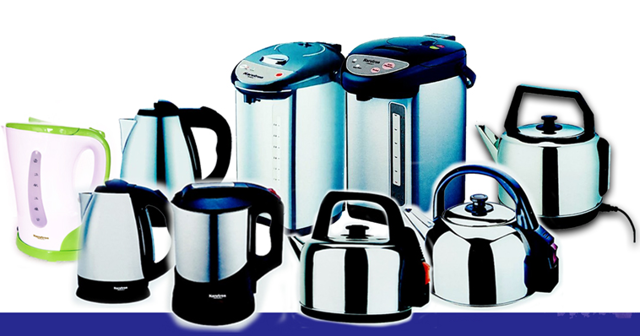
So which is better to choose?
As stated at the very beginning of the article, When weighing the pros and cons, you should proceed from your needs. An electric kettle is useful for those who care about the speed of heating water, but who rarely need boiling water.But a thermopot will be indispensable in a family with small children or in an office, for example, when hot water may be needed at any time, but the speed of its heating is not considered a primary parameter.

